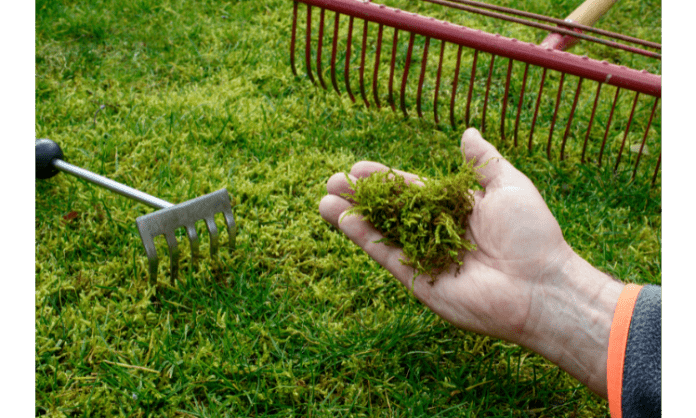
There are few things more annoying than moss growing on your lawn—and it can pop up just about anywhere. Moss thrives in cool, shady areas and tends to take over where grasses aren’t doing well. It’s a tough weed that can grow in almost any soil type and is nearly impossible to kill with herbicides alone. Here we discuss how to get rid of moss on lawns also you can prevent the growth of moss in your yard and keep your lawn looking lush and green by removing moss.
What is Moss?
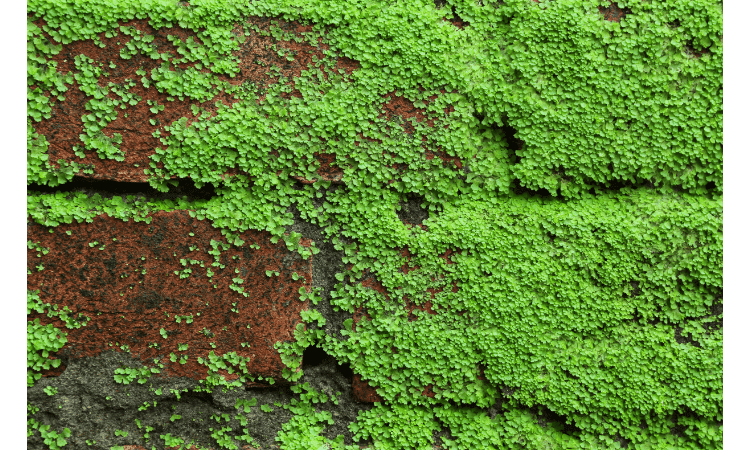
Moss is a plant in the category of Bryophyta. There are many types of moss, but the most common kind found on lawns is common wood-moss or Plagiomnium undulatum. Mosses have no leaves and do not produce flowers, so they do not go through a true cycle of flowering and seeding like most plants. In order to reproduce, mosses release spores, which are carried by wind or water. When they land on soil or another surface that is able to sustain them, they grow into new moss plantlets called protonemata.
Protonemata absorb moisture from their environment and develop into leafy stem-like structures called gametophytes. Gametophytes in turn produce sperm and egg cells, which in some species are contained in capsules called antheridia and archegonia respectively. Each gametophyte has both male and female reproductive organs, but only one sex will produce functional sperm or eggs at a given time depending on environmental conditions. The sperm produced by the male organ fertilizes the egg cells produced by the female organ. The fertilized egg cell develops into a plantlet called a sporophyte, which eventually produces spores that can be carried away by wind or water to start a new cycle making it suitable for use as compost in gardens.
How to get rid of moss on lawns
Rake Your Lawn
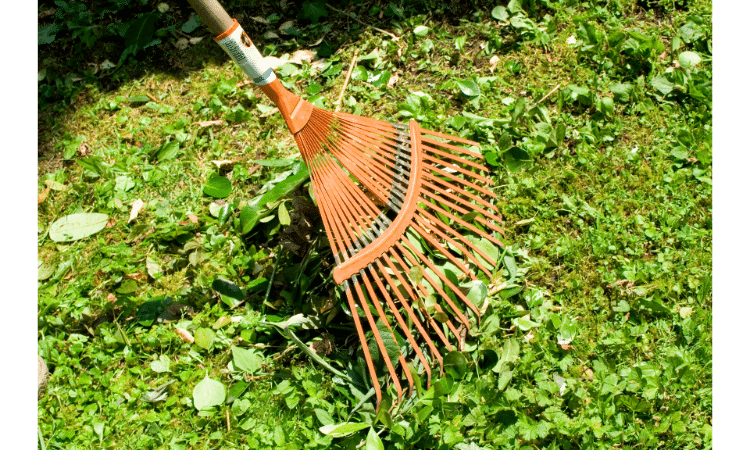
Raking your lawn is one of the best ways to get rid of moss on lawns, as it removes all of the dead grass, leaves, and other debris from your lawn. Raking will also help remove any unwanted weeds or pests that may have grown over time in your grass. By removing these things from your lawn, you’ll be closer to having a healthy and clean-looking yard that can add value to your property.
Try an Organic Solution

When you’re looking for a natural solution, try an organic solution. Organic methods are safer than chemical ones and they’re less likely to have harmful side effects on your lawn or the environment.
A dilute solution of vinegar, or a teaspoon of baking soda and a cup of water can be applied directly to the moss with a soft brush. Leave this on for 12 hours before rinsing it off with water from your hose. Vigorous watering can also help rinse away any remaining moss spores after using an organic agent such as vinegar or baking soda.
Spray With Chemical Moss Killer

What is the best moss killer for lawns? The best way to kill moss is with a chemical moss killer, also called an herbicide. It’s a broad-spectrum weed killer that will kill just about any plant it comes into contact with. This includes lawn grasses, but also weeds like crabgrass and dandelions.
Mosskiller is typically sold in one of two forms: as a liquid or granular substance that you apply manually by hand or by using a sprayer, respectively. The latter option can be more effective because you can spray the entire lawn from above rather than walking around on the ground spraying the leaves directly (which means even less chance of accidentally killing your grass). But if you’re unable to climb ladders or raise up on stilts, then a bottle of liquid may work better for you instead.
Remove Thatch and Aerate the Lawn
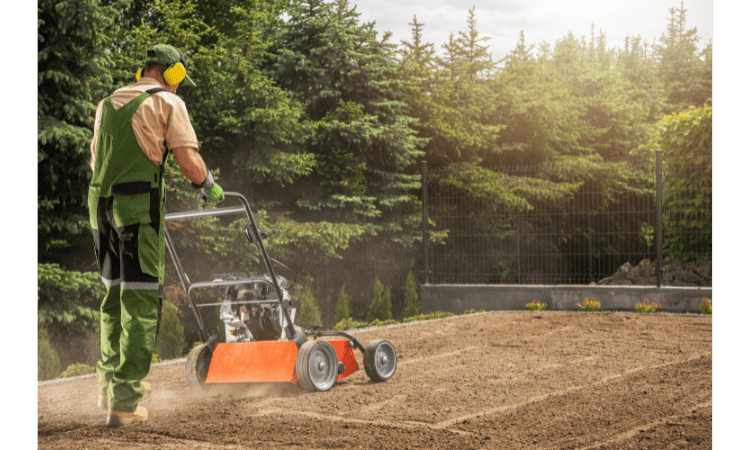
If you have a large area of moss on your lawn, removing the thatch and aerating the lawn will help promote healthy grass growth. Thatch is a layer of dead grass, roots, and other organic matter that builds up over time. It can be removed manually or with a power rake. The removal and aeration process will encourage deeper root growth, allowing air and water to reach the roots more easily. This helps prevent further issues with moss growth and get rid of moss in shady lawn as well as other health problems in your lawn.
Evaluate Sun/Shade

While moss can be considered a pest, it’s not necessarily a problem. It’s important to understand the specific conditions of your lawn before making any moss removal decisions. It’s possible that the moss is there because:
- You have too much shade on parts of your lawn
- You have too much sun on parts of your lawn (this usually causes drought stress)
If you find that there are spots with too much shade, consider planting trees or strategically placed shrubs in those spots to provide some coverage for those areas. If you find that there are spots with too much sunlight, consider adding tree cover around those areas as well so they can get some relief from the sun but still receive enough light for growth and photosynthesis.
Evaluate Your Soil

A healthy soil is one that is rich in organic matter, has the right amount of nutrients and holds moisture well. It also drains well, so it doesn’t become waterlogged or dry out too quickly. The best way to improve your lawn’s soil is by adding compost or other organic matter such as shredded leaves, grass clippings or even coffee grounds (which are high in nitrogen).
If you have a heavy clay soil, you can add sand to it to help improve its drainage. If you have sandy soil and need more water retention, look for some clay to mix into your sandy areas.
Consider Drainage
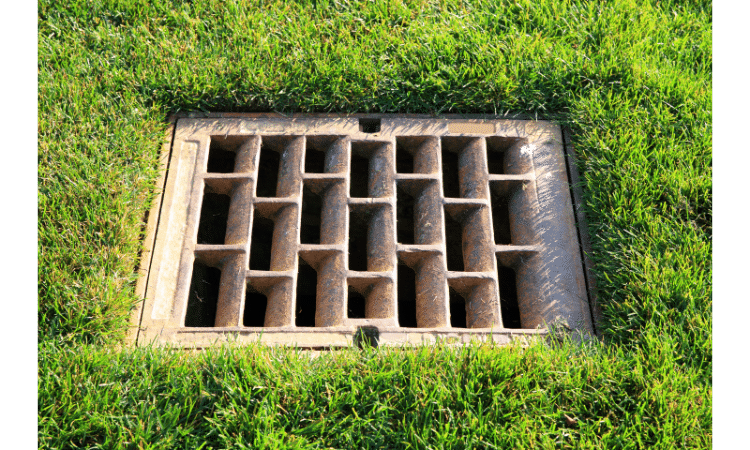
As mentioned earlier, drainage problems are a common cause of moss.
If you have poor soil drainage, compacted soil or poor drainage around the home, then these are all things that will make it difficult for water to move through your lawn away from roots where it can cause damage and encourage moss growth.
To fix these issues you may need to improve soil drainage by digging out ditches or trenches across your lawn (or removing levelling stones), aerating your lawn by punching holes in the ground with a spade before adding sand or soil back into them and installing a drainage system around the perimeter of your property so that any excess water has somewhere else to go instead of pooling near foundations or pathways.
Plant Different Grass Species

If you want to get rid of moss on lawns, the best way to do that is by planting a different species of grass. Each species of turfgrass has its own set of requirements for ideal growing conditions. For example, Bermuda grass thrives in hot climates with dry soil and little shade, whereas Kentucky bluegrass does better in cooler areas that have lots of sunlight. As long as the new species provides the right environment for your lawn’s growth, it should be able to successfully compete against other plants and prevent moss from taking over your home’s outdoor space.
Conclusion
In conclusion, we suggest using this guide as a reference for demossing or how to get rid of moss on lawns and grow grass. It’s important to understand that there are different types of moss and each one requires a unique approach when being removed from lawns like how to get rid of moss in lawn in spring is different from removing moss in other seasons. As stated above, it is important to follow these steps carefully so you can get best way to get rid of moss on lawn or in your yard effectively and quickly.
Also Read:- House Plants Care Tips











